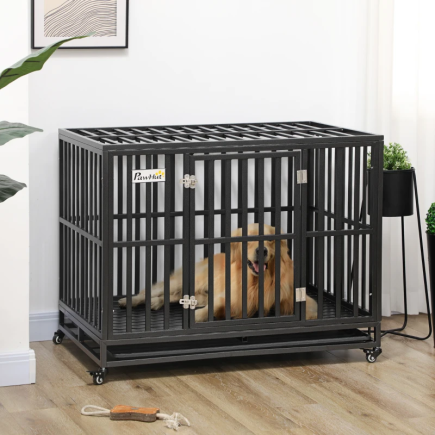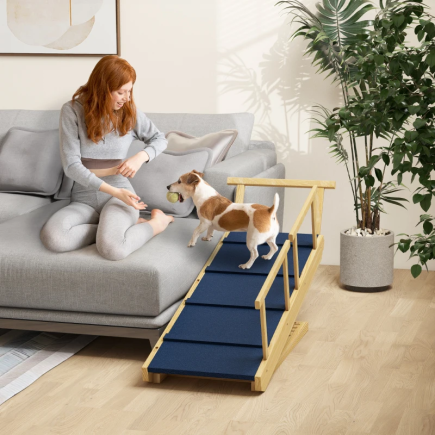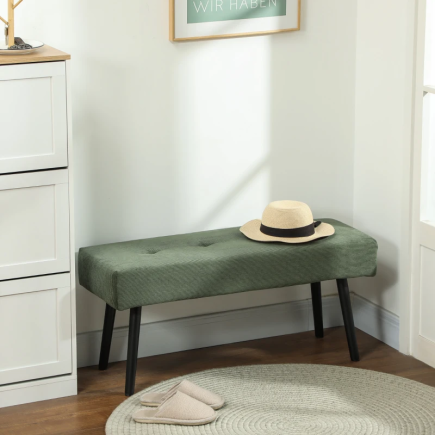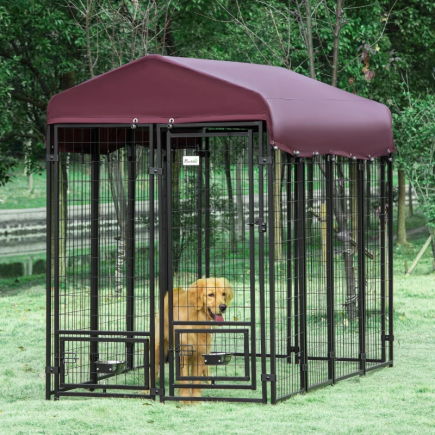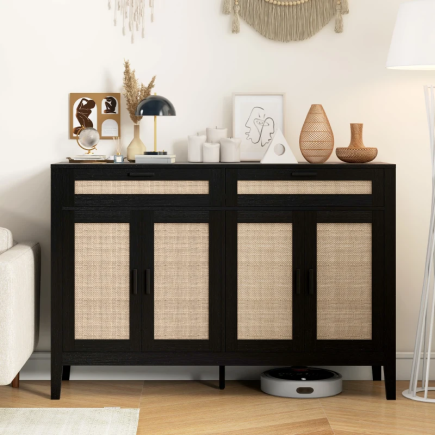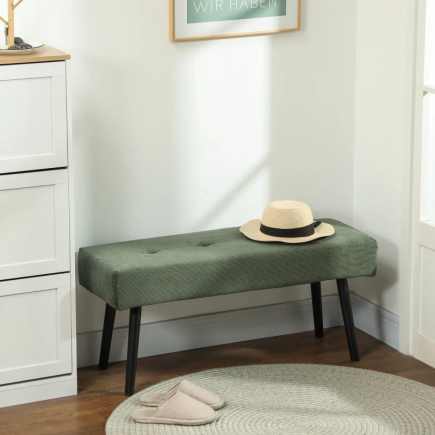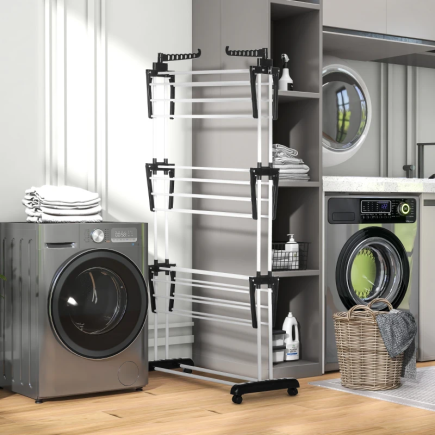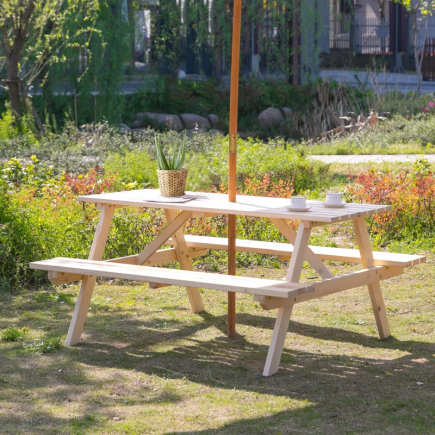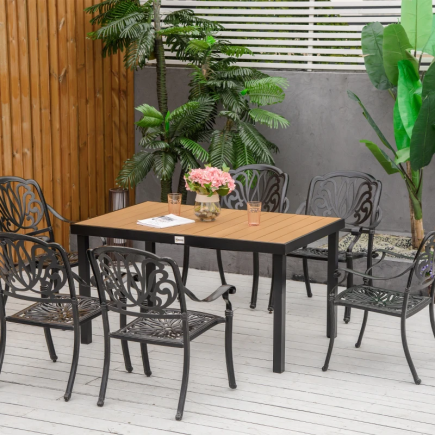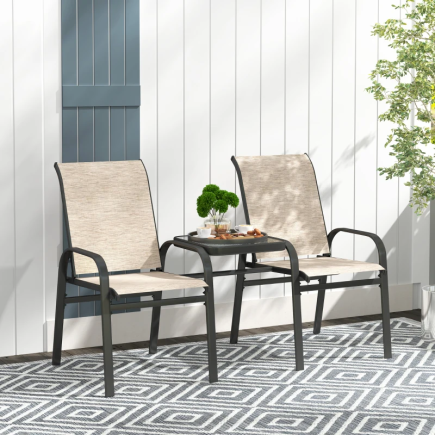Choosing an area rug is not just about picking a pattern you like, it’s about enhancing your room’s layout, improving comfort, managing daily use, and tying your design together with intention. A well-selected rug defines a space both visually and functionally.

Whether you’re furnishing a new room or updating an old one, this comprehensive guide walks you through the key considerations, from size and material to placement, maintenance, and design harmony.
1. Match the Rug to the Room’s Function
Every room serves a unique purpose, and your rug should support that function. In high-use spaces like living rooms or hallways, your rug should be durable and easy to clean. In bedrooms or quiet corners, softness and comfort matter more.
- Living Room: Use the rug to anchor the furniture. Ideally, place the front legs of sofas and chairs on the rug to visually connect the seating area.
- Dining Room: Choose a rug large enough that chairs remain on it, even when pulled out. This helps avoid tipping and maintains a clean, balanced look.
- Bedroom: Let your feet land on a soft surface when you get out of bed. Most bedroom layouts benefit from a rug that extends beyond the bed on three sides.
- Kitchen and Entryway: Use flatweave or low-pile rugs that can withstand moisture, dirt, and high foot traffic.
- Home Office: Opt for a rug that supports rolling chairs, reduces echo, and adds warmth beneath your desk area.
In open-concept layouts, area rugs are especially helpful in visually dividing spaces. Use one rug to define a dining area and another for a lounge zone. If layering rugs, vary the textures and tones for depth.
2. Measure Correctly: Rug Size and Furniture Placement
Choosing the correct rug size ensures your room feels balanced and cohesive. A rug that’s too small can make a room feel disjointed, while one that’s too large may crowd the space.

- In living rooms, position the rug so that at least the front legs of your furniture rest on it.
- In bedrooms, extend the rug beyond the bed on all visible sides to frame the sleeping area.
- In dining rooms, choose a rug large enough that chairs stay on it, even when pulled out.
Helpful tip: Use painter’s tape to outline different rug sizes on the floor. This visual aid helps you confidently select the right dimensions before purchasing.
3. Understand Rug Shapes and How to Use Them
Rug shape can dramatically affect the visual flow of a room. Choose a shape that complements the room’s layout and furnishings:
- Rectangular rugs work in most furniture groupings and room shapes.
- Round rugs are great under circular tables or to soften corners in small sitting areas.
- Runner rugs suit narrow spaces like hallways, kitchens, and alongside beds.
- Square rugs are ideal in balanced, square-shaped rooms or under square tables.
- Oval rugs can soften more angular layouts and add a touch of elegance to traditional spaces.
As a general rule, mirror the shape of your furniture or room for a seamless look.
4. Choose the Right Rug Material for Your Space
The material you choose affects how the rug looks, feels, wears, and cleans. Think about the level of activity in the room and the atmosphere you want to create.

- Wool: Naturally stain-resistant, durable, and soft underfoot. Ideal for living rooms and bedrooms.
- Cotton: Lightweight and washable. Works well in casual or kid-friendly spaces but may wear faster.
- Jute and Sisal: Natural, textured fibres with a rustic feel. Suitable for laid-back, high-traffic areas, though not as soft.
- Synthetic (e.g., polypropylene, nylon, polyester): Easy to clean, resilient, and suitable for busy households or outdoor settings.
Natural fibres offer warmth and richness, while synthetic options are lower-maintenance and better for families with children or pets.
5. Consider Pile Height Based on Traffic and Comfort
Pile height refers to the length of the rug fibres and directly impacts comfort, appearance, and ease of cleaning.

- Low-pile rugs are firmer, trap less dirt, and clean easily, ideal for dining rooms, hallways, and offices.
- Medium pile offers a balance between softness and practicality, well suited to most family spaces.
- High-pile and shag rugs provide a luxurious feel but require more maintenance. These work best in quiet zones like bedrooms.
If you have pets or prefer low-maintenance living, stick to shorter piles. For softness underfoot in more relaxed rooms, a higher pile adds comfort and warmth.
6. Select Rug Styles That Match Your Interior Aesthetic
Style is where your rug makes its visual statement. Choose one that reflects your overall interior theme:
- Traditional: Intricate patterns such as Persian or Oriental motifs, often in deep colours.
- Modern: Clean lines, geometric shapes, and monochromatic or high-contrast tones.
- Bohemian: Eclectic patterns, fringe details, and layered textures with vintage or tribal influence.
- Minimalist: Simple, solid-colour rugs or subtle weaves with soft, neutral palettes.
- Transitional: A mix of classic and modern design elements in understated tones.
Aim for a rug that either complements or subtly contrasts your furniture to create a unified look.
7. Choose Patterns That Work With Your Decor
Patterns can add depth or drama, but they need to harmonize with the rest of your space.

- Use patterned rugs in rooms with plain or solid-colour furniture and walls.
- In already decorated rooms with busy fabrics or wallpaper, go for a rug with a muted or minimal design.
- In large spaces, bold, large-scale patterns work well.
- In smaller rooms, finer patterns or simple designs help avoid visual clutter.
Popular styles include geometric, medallion, botanical, abstract, and repetitive motifs. Choose based on the focal point you want to create.
8. Pick the Right Colour Strategy
Rug colour affects mood and space perception. Lighter tones make rooms feel more open and airy, while darker hues add coziness and ground the space.

Follow the 60-30-10 colour rule:
- 60%: Dominant room colour (e.g., walls or large furniture)
- 30%: Secondary colour (e.g., rug, curtains)
- 10%: Accent colours (e.g., throws, cushions)
Neutrals are versatile and timeless, while saturated tones can inject personality. Always view your rug in your room’s lighting to ensure the shade fits well with your décor.
9. Align Your Rug Choice With Your Lifestyle
Lifestyle factors like pets, children, allergies, and traffic, should influence your rug selection.
- Pets or young children: Choose stain-resistant, easy-clean rugs with low pile and forgiving patterns.
- Allergy concerns: Avoid high-pile rugs and select natural flatweaves that trap less dust.
- High-traffic homes: Look for durable fibres and tighter weaves that hold up under heavy use.
- Low-traffic areas: You can opt for plush or luxury fibres with higher pile and finer weaves.
A beautiful rug is only a smart investment if it fits your daily routine and household needs.
10. Prioritize Comfort: Rugs That Feel Good Underfoot
Comfort plays a major role in how you experience your rug day-to-day. For spaces like bedrooms, family rooms, or reading nooks, comfort should be a top priority.
Medium to high pile rugs feel soft and cushioned. Wool and blended materials also provide natural warmth. Even with thinner rugs, adding a quality rug pad underneath boosts comfort significantly.
11. Don’t Skip the Rug Pad
Rug pads are often overlooked but offer critical benefits. They help:
- Prevent slipping on hard surfaces
- Add cushioning
- Extend the rug’s lifespan
- Protect floors from abrasion
Always size the pad slightly smaller than the rug itself to keep it hidden beneath the edges.
12. Know How to Balance Budget and Quality
When choosing a rug, consider your needs more than price alone. The most durable or luxurious rug isn’t always the most suitable. Think about how the rug will be used daily and what you expect from it long-term.
- Use performance materials and practical weaves in high-traffic zones.
- Save delicate or decorative rugs for less-used spaces.
- Choose versatility and ease of cleaning if you plan to switch things out frequently.
A well-balanced rug decision focuses on function, aesthetics, and practicality,not just cost.
13. Shop Smart, Not Fast
Take your time comparing styles, materials, and sizes before choosing a rug. While seeing a rug in person helps with texture and colour, online collections like the Aosom Area Rugs offer a broad selection for every room. Always review product details, check return policies, and, if possible, test colours at home before finalizing your choice. A careful decision leads to a rug that truly fits your space.
14. Understand Rug Construction Types
The construction method plays a key role in how a rug feels and lasts:
- Hand-knotted rugs are made with intricate skill and last the longest.
- Hand-tufted rugs are produced faster and offer good design value with moderate durability.
- Flatwoven rugs have no pile and are reversible; great for layering or casual zones.
- Hooked rugs feature loops of yarn for a soft, textural feel.
Knowing these differences helps you choose the right rug for the space and your lifestyle.
The Right Area Rug Brings Everything Together
An area rug is more than just a floor covering, it’s the grounding piece that ties a room together, offers comfort underfoot, and enhances the overall atmosphere. By considering your space, layout, lifestyle, and aesthetic goals, you can confidently choose a rug that complements both your design vision and your daily routine.
The right rug isn’t defined by trends or labels. It’s the one that fits your space, supports how you live, and brings long-lasting harmony to your home.
FAQs
1. Can I use an area rug over carpet?
Yes, placing an area rug over carpet can define space and add texture or colour contrast. Just ensure the area rug is anchored or uses a rug pad to prevent bunching.
2. Should I change my area rug with the seasons?
Swapping your area rug seasonally is a great way to refresh your space. Use lighter, breathable area rugs in summer and switch to warmer, thicker textures in colder months.
3. What type of area rug is best for layering?
Flatweave or low-pile area rugs work best as base layers. You can place a smaller, softer area rug with colour or pattern on top to add depth and interest to the room.
4. Is it okay to place an area rug under a door?
Avoid placing an area rug where a door swings directly over it unless the door has enough clearance. Choose a low-pile or flatweave rug in entryways to prevent obstruction.

